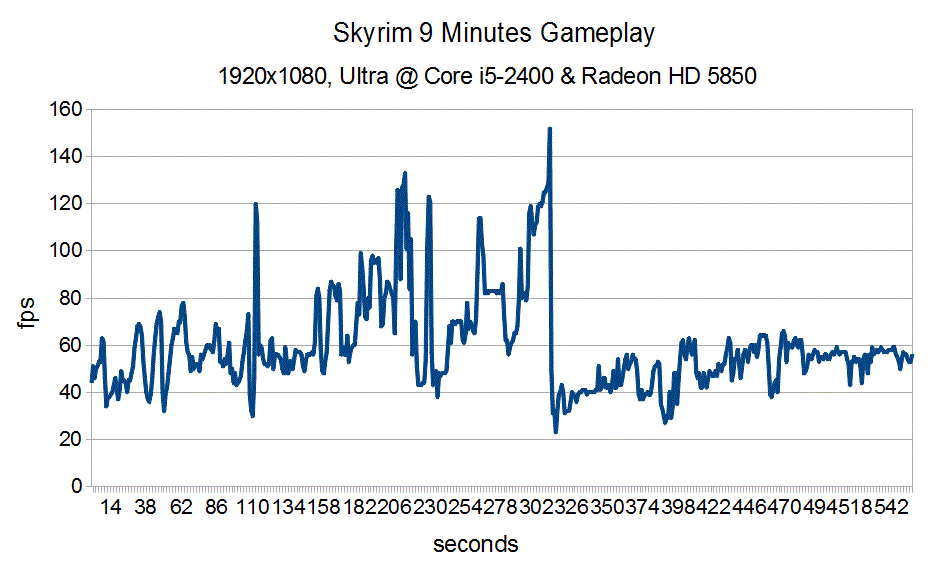

#Via unichrome graphics benchmark Pc#
By this time, fixed-function Windows accelerators had surpassed expensive general-purpose graphics coprocessors in Windows performance, and these coprocessors faded away from the PC market. The 86C911 spawned a host of imitators: by 1995, all major PC graphics chip makers had added 2D acceleration support to their chips. In 1991, S3 Graphics introduced the S3 86C911, which its designers named after the Porsche 911 as an indication of the performance increase it promised. During 1990–1992, this chip became the basis of the Texas Instruments Graphics Architecture ("TIGA") Windows accelerator cards. It could run general-purpose code, but it had a graphics-oriented instruction set.


In 1986, Texas Instruments released the TMS34010, the first fully programmable graphics processor. for per-scanline palette switches, sprite multiplexing, and hardware windowing), or driving the blitter. Also included is a coprocessor with its own simple instruction set, capable of manipulating graphics hardware registers in sync with the video beam (e.g. In 1985, the Commodore Amiga featured a custom graphics chip, with a blitter unit accelerating bitmap manipulation, line draw, and area fill functions. The ARTC was capable of displaying up to 4K resolution when in monochrome mode, and it was used in a number of PC graphics cards and terminals during the late 1980s. In 1984, Hitachi released ARTC HD63484, the first major CMOS graphics processor for PC. The Williams Electronics arcade games Robotron 2084, Joust, Sinistar, and Bubbles, all released in 1982, contain custom blitter chips for operating on 16-color bitmaps. It was used in a number of graphics cards, and was licensed for clones such as the Intel 82720, the first of Intel's graphics processing units. It was the first fully integrated VLSI (very large-scale integration) metal-oxide-semiconductor ( NMOS) graphics display processor for PCs, supported up to 1024x1024 resolution, and laid the foundations for the emerging PC graphics market. It became the best-known GPU up until the mid-1980s. The NEC µPD7220 was the first implementation of a PC graphics display processor as a single Large Scale Integration (LSI) integrated circuit chip, enabling the design of low-cost, high-performance video graphics cards such as those from Number Nine Visual Technology.

Rival ATI Technologies coined the term " visual processing unit" or VPU with the release of the Radeon 9700 in 2002. It was presented as a "single-chip processor with integrated transform, lighting, triangle setup/clipping, and rendering engines". The term was popularized by Nvidia in 1999, who marketed the GeForce 256 as "the world's first GPU". Later, in 1994, Sony used the term (now standing for graphics processing unit) in reference to the PlayStation console's Toshiba-designed Sony GPU in 1994. In the 1970s, the term "GPU" originally stood for graphics processor unit and described a programmable processing unit independently working from the CPU and responsible for graphics manipulation and output. In certain CPUs, they are embedded on the CPU die. In a personal computer, a GPU can be present on a video card or embedded on the motherboard. Their highly parallel structure makes them more efficient than general-purpose central processing units (CPUs) for algorithms that process large blocks of data in parallel. Modern GPUs are very efficient at manipulating computer graphics and image processing. GPUs are used in embedded systems, mobile phones, personal computers, workstations, and game consoles. A graphics processing unit ( GPU) is a specialized electronic circuit designed to rapidly manipulate and alter memory to accelerate the creation of images in a frame buffer intended for output to a display device.


 0 kommentar(er)
0 kommentar(er)
